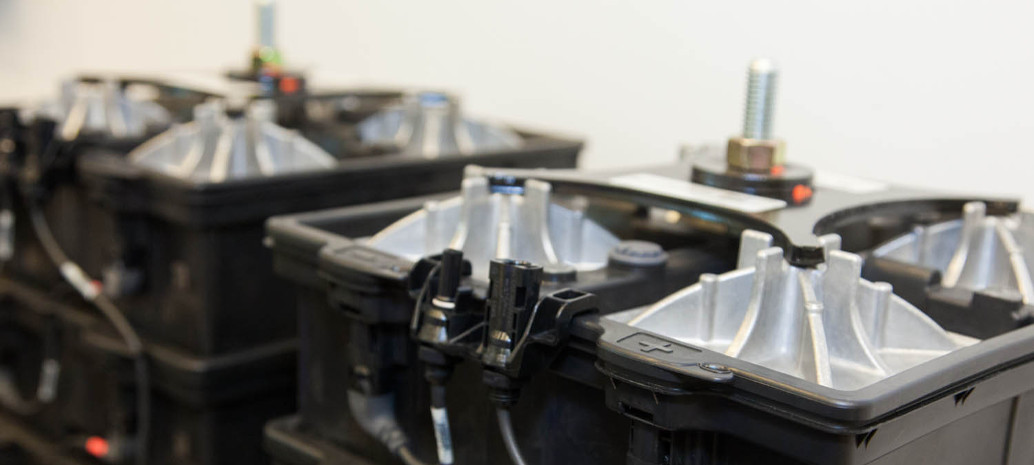From pv magazine global.
Renewable energy proponents have been pointing to battery storage for years as the future panacea to address the problem of intermittent power generation.
The potential of storage to make renewable energy fully despatchable regardless of whether the sun is shining or wind blowing has for a long time appeared to be just around the corner. Analysts at Wood Mackenzie today claimed we turned the corner last year and the end could be in sight for fossil fuel grid back-up services.
With around half the deployment of battery storage at a grid level observed between 2013 and 2018 having arrived last year alone, Wood Mackenzie Power & Renewables has predicted the next five years will see such storage evolve from short duration grid services such as frequency regulation into the long-duration segment that could render fossil fuel backup generation obsolete.
The report published today by the WoodMac analysts – Global energy storage outlook 2019: 2018 year-in-review and outlook to 2024 – predicts the U.S. and China will dominate the deployment of energy storage up to 2024, with more than 54% of the 63 GW/158 GWh capacity expected to have been deployed in five years’ time.
Peak peaker
With grid level storage continuing to dominate – albeit alongside a sustainable residential market as householders hedge against bill rises – it is the switch to long-duration grid ancillary services that could see storage replace diesel, gas and oil peaking power plants, especially in countries which import energy.
And solar will play a pivotal role, with the Wood Mackenzie report predicting the continued proliferation of solar plus storage generation projects out to 2024.
The analysts predict reforms in an energy market which has struggled to keep pace with the rapid emergence of storage technology will help drive adoption, along with state mandates – although the chances of that being a driver in the U.S. will surely depend on the result of the next election.
Senior research analyst Le Xu cited the experience of South Korea, where non-residential storage projects recently overtook distributed systems for the first time. Front of meter storage, however, “continues to be the most complicated proposition in several markets where it will take more time to de-risk, attract financing and become scalable”, warned the WoodMac analyst.
The motive for storage project developers and grid operators is clear, according to Wood Mackenzie, with the report predicting a total non-pumped hydro storage market CAPEX figure of $71 billion by 2024, $14 billion of it arriving in that year.
This content is protected by copyright and may not be reused. If you want to cooperate with us and would like to reuse some of our content, please contact: editors@pv-magazine.com.









By submitting this form you agree to pv magazine using your data for the purposes of publishing your comment.
Your personal data will only be disclosed or otherwise transmitted to third parties for the purposes of spam filtering or if this is necessary for technical maintenance of the website. Any other transfer to third parties will not take place unless this is justified on the basis of applicable data protection regulations or if pv magazine is legally obliged to do so.
You may revoke this consent at any time with effect for the future, in which case your personal data will be deleted immediately. Otherwise, your data will be deleted if pv magazine has processed your request or the purpose of data storage is fulfilled.
Further information on data privacy can be found in our Data Protection Policy.